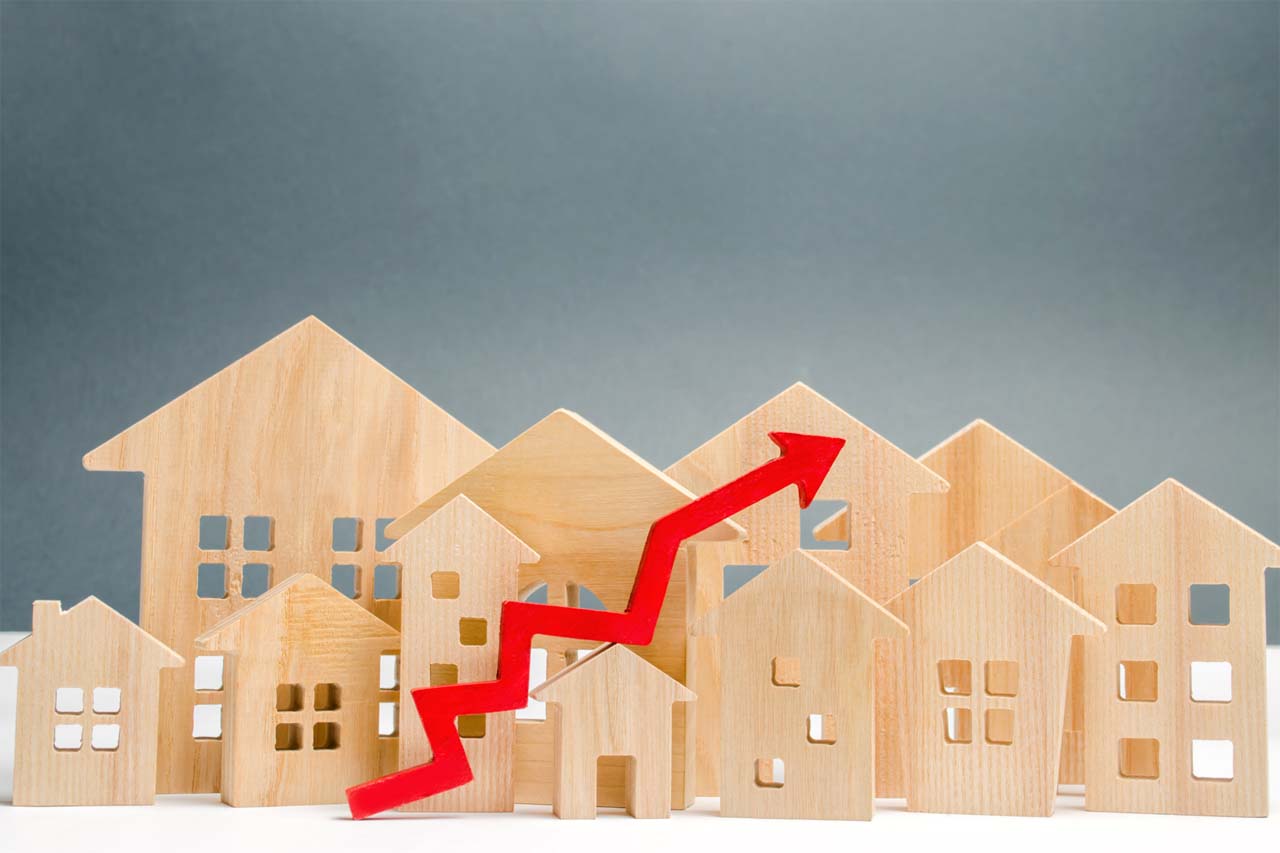Market Dynamics in Flux
New York City’s housing scene during Q2 2023 has seen fluctuations comparable to those of Wall Street. Based on an analysis by Forbes, while the high-end luxury apartment market has experienced stagnation, the opposite can be said for smaller units. These apartments showed significant traction in April and early May but witnessed a slowdown by the end of June.
Renovation Woes and Their Impacts
What’s intriguing, as pointed out by Forbes, is that this lull in property sales comes despite perceived betterment in the broader economic landscape. The gap seems to be a difference in valuation perspectives between buyers and sellers. A recurring issue deterring potential buyers is the state of properties, especially those in need of renovation. With challenges ranging from labor shortages to ongoing supply chain disruptions, and with a hesitancy among contractors to commit to city projects, renovation timelines can be daunting. Especially in co-ops with summer work restrictions, potential buyers could be looking at multi-year renovation projects. This means that while navigating these extensive renovations, they’re also juggling the costs of their current accommodations and monthly maintenance of the property in question.
The Burden of Rising Maintenance Costs
Another concern voiced by Forbes is the escalating monthly maintenance expenses. As NYC’s historical buildings continue to age, the maintenance demands rise. This, coupled with the city’s waning enthusiasm towards tax abatements and the ever-increasing labor costs, results in a significant monthly financial commitment for property owners. To put it in perspective, the monthly costs for a spacious, well-lit unit can range from $15,000 to a staggering $20,000. And this doesn’t even factor in the added pressure from rising interest rates.
The Luxury Segment: A Different Story
However, a silver lining emerges when considering the Olshan Luxury Report. It paints a different narrative for properties with a price tag of $4 million and above. As Forbes highlights, while these luxury properties often steal the limelight, they don’t represent the core of the market. The majority of transactions hover below the $1.5 million mark. Even though there’s been a noticeable uptick in the $4 million and up segment, a dip in the more affordable property bracket counterbalances this. The Olshan report makes two observations worth noting: properties with a valuation over $10 million are few and far between, and condo transactions often outnumber co-op sales — an insight that should catch the attention of co-op board members.
Related posts:
 10 Most Affordable Cities To Buy A Home In 2023
10 Most Affordable Cities To Buy A Home In 2023
 Mortgage Delinquency Rate Tumbles to a 43-Year Low Amid Economic Recovery Signs
Mortgage Delinquency Rate Tumbles to a 43-Year Low Amid Economic Recovery Signs
 Zillow’s 2024 Home Price Forecast Predicts a 6.5% Increase
Zillow’s 2024 Home Price Forecast Predicts a 6.5% Increase
 FHFA Conforming Loan Limit Hike to $766,550 in 2024: Implications and Analysis
FHFA Conforming Loan Limit Hike to $766,550 in 2024: Implications and Analysis
 HELOC vs Home Equity Loan: Choosing Your Second Home Financing Wisely
HELOC vs Home Equity Loan: Choosing Your Second Home Financing Wisely




